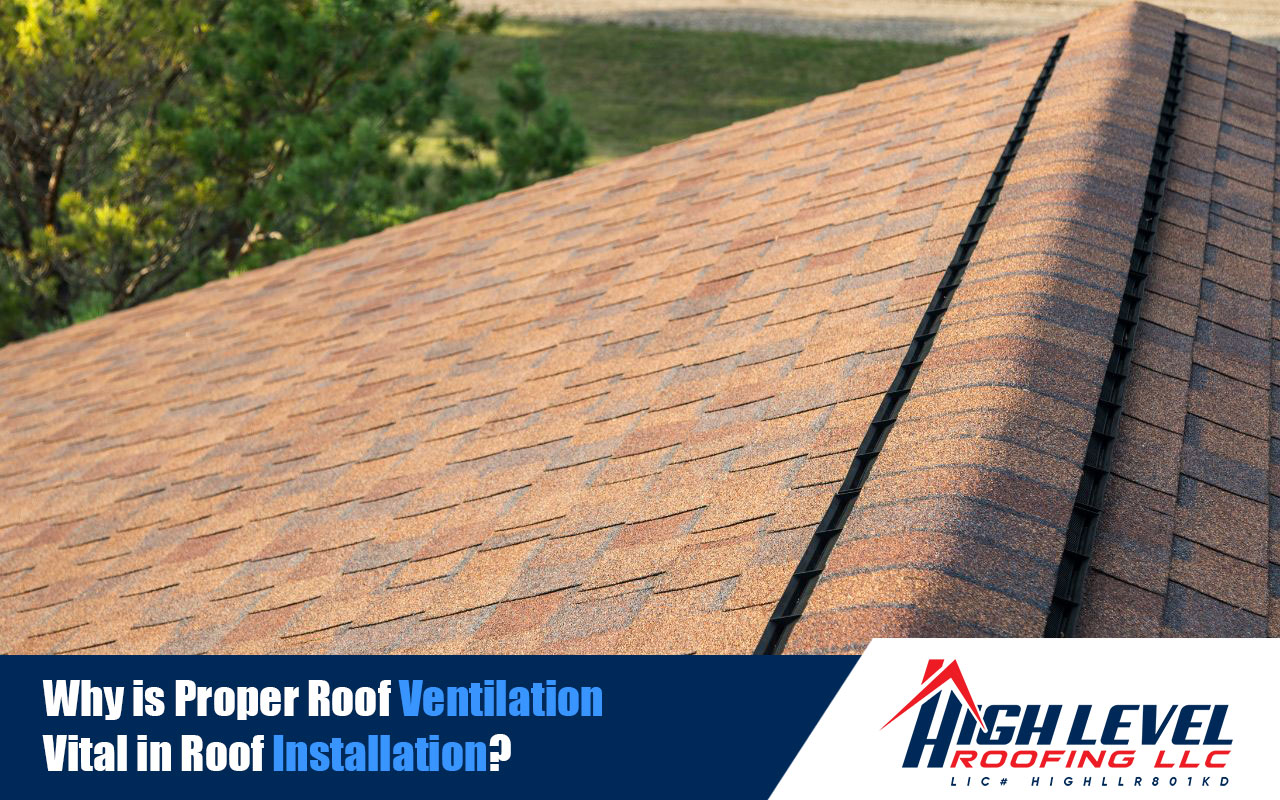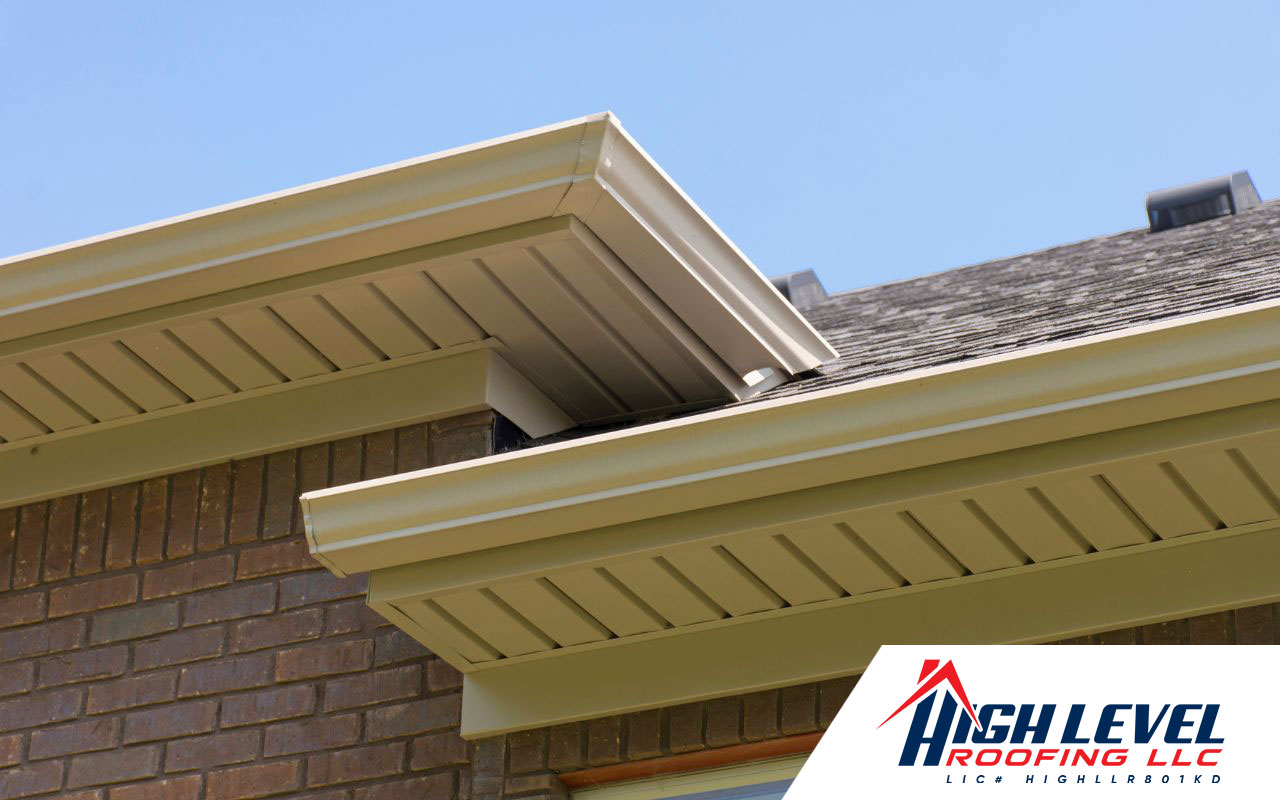
In this Article:
How Roof Ventilation Extends the Lifespan of Your Roof
Improves Indoor Air Quality and Energy Efficiency
Roof ventilation might not be the first thing that comes to mind when considering home improvement or construction. Often overshadowed by aspects like materials, design, and insulation, roof ventilation is generally not given the importance it deserves.
Good ventilation is essential for your roof’s lifespan, efficiency, and a comfortable home environment. In this blog, we’ll explore why roof ventilation is indispensable and how overlooking it could lead to many problems.
How Roof Ventilation Extends the Lifespan of Your Roof
The most immediate benefit of proper roof ventilation is that it extends the lifespan of your roofing material. Poor ventilation in the attic can cause problems like mold, mildew, and wood rot due to trapped heat and moisture. These problems can damage the structural integrity of your roof, causing it to deteriorate much quicker than it would otherwise.
Heat is especially damaging to roofing materials like asphalt shingles, which can warp or crack when exposed to high temperatures for prolonged periods. In winter, poor ventilation can lead to ice dams, which are ridges of ice that form at the roof’s edge and prevent melting snow from draining off. The water that backs up behind these dams can leak into your home, causing further damage.
Moreover, a well-ventilated roof can save you money in the long run. A damaged roof may require costly repairs or even complete replacement much sooner than an adequately ventilated one. Good ventilation can be seen as an investment that pays off by prolonging the lifespan of your roof and reducing the need for frequent maintenance.
Improves Indoor Air Quality and Energy Efficiency

Apart from saving your roof, good ventilation can also improve the air quality inside your home. An improperly ventilated roof can lead to moisture build-up, which, in turn, can cause mold and mildew to form. These are not only harmful to your home’s structure but also to your health. Mold spores can irritate your eyes, nose, throat, and lungs, leading to various health issues like allergies and respiratory problems.
On the energy efficiency front, a well-ventilated roof helps to maintain a consistent temperature inside your home, reducing the need for air conditioning in summer and heating in winter. In the summer, a hot attic can make your air conditioning system work overtime to cool your home.
Conversely, in the winter, poor ventilation can trap warm, moist air in the attic, causing condensation and potentially damaging insulation. Both scenarios result in higher energy bills, making poor ventilation a costly mistake in the long run.
Adequate roof ventilation systems often include components like ridge vents, soffit vents, and attic fans, which work together to allow for the free flow of air through the attic. These systems are crucial for the health of your roof and contribute to a healthier, more comfortable, and energy-efficient home.
Roof ventilation is far from being a minor aspect of home construction. It plays a critical role in maintaining the structural integrity of your roof and improving the living conditions inside your home. So, the next time you’re considering a roof installation or renovation, give proper ventilation the attention it deserves. Your roof, your home, and your wallet will thank you for it.
Ready to give your roof the long-lasting durability and efficiency it deserves? Don’t overlook the importance of proper ventilation.
Contact High Level Roofing LLC today for a comprehensive consultation. We’re not just roofing experts but your partners in creating a safer, healthier, and more energy-efficient home. Call us now!


